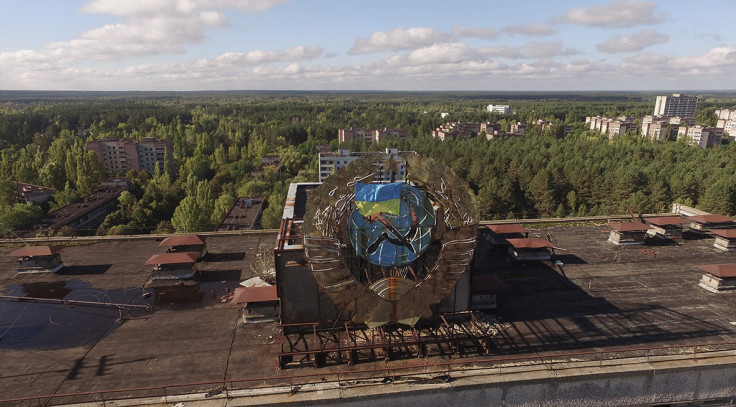Wildlife in Chernobyl going blind from cataracts because of radiation from nuclear disaster

Animals living in the Chernobyl exclusion zone appear to be going blind as a result of the radiation from the nuclear disaster in 1986. Scientists found bank voles at the site had high frequency of cataracts, and that this is likely the result of background radiation that lingers there.
An international team of researchers led by Philipp Lehmann and Tapio Mappes from the University of Jyväskylä, Finland, said the prevalence of cataracts in mammal populations and their ecological significance is not well understood. Cataracts (clouding of the lens, which reduces light transmission to the retina) have been found to arise from high levels of oxidative stress – and one major cause of this stress is ionising radiation.
Following the nuclear accident, an exclusion zone for humans was established covering a 30km radius from the power plant. Since then, wildlife has thrived in the area. A study released last year showed Chernobyl populations of elk, roe, deer, wild boar and wolves were similar to those found in uncontaminated nearby nature reserves.

However, what effect exposure to radiation has on the health of the wildlife is largely unknown. In the latest study, scientists studied the eyesight of bank voles.
They collected the voles from natural populations in Chernobyl in areas with varying levels of background radiation. The findings revealed bank voles living in areas where background radiation levels were high had more cataracts than those in areas with natural radiation levels. Cataracts were found in 71% of the Chernobyl voles. Females were also found to be more affected by the radiation than males.
"We found high frequencies of cataracts in voles collected from different areas in Chernobyl. The frequency of cataracts was positively correlated with age, and in females also with the accumulated radiation dose," they wrote in the journal Scientific Reports.

They also noted, however, that even though radiation did not appear to affect males as much, "lens deformities were discovered in the majority of male voles" – which is abnormal for areas where radiation levels are normal. "Even though no correlation was seen in male voles between age-corrected cataract score and local background radiation, the overall high frequency of cataracts does support the notion that also male voles in Chernobyl suffer from increased prevalence of lens deformities," they wrote.
Findings also showed the number of offspring from females was negatively correlated with cataract sensitivity – the worse the cataract, the fewer offspring. This, the authors say, warrants further research.
"The negative correlation between litter size and cataract seen in breeding females suggests that cataracts may have a negative impact on fitness in wild bank voles, although at this stage we cannot rule out the possibility that radiation exposure affects both traits independently. Given the results presented here for a rodent and past related studies on birds, it is likely that elevated frequencies of cataracts have a profound effect on the ecology of animal populations affected by nuclear accidents."
© Copyright IBTimes 2025. All rights reserved.






















